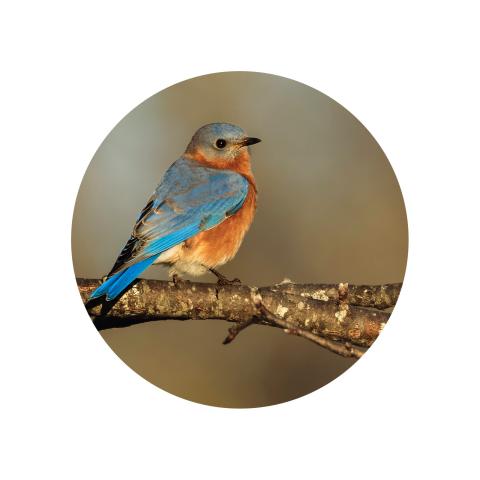Changes to the in-state rules on transportation of hardwood firewood, ash logs, ash lumber, ash chips, and other emerald ash borer-regulated articles
Submitted by Piera Siegert, State Entomologist, NH Department of Agriculture, Markets & Food
Emerald ash borer (EAB), first detected in Concord in March 2013, is now known to occur in more than 60 towns in 7 counties in New Hampshire. New infestations in the state largely appear to have been the result of natural spread. Similarly, EAB infestations in Connecticut, Massachusetts, and Quebec have also continued to spread, while new EAB detections have occurred in Maine, Rhode Island, Vermont, and New Brunswick in 2018. Due in part to these recent changes in EAB distribution within the state and regionally, the New Hampshire EAB quarantine that regulated the movement of ash materials and hardwood firewood within the state has been eliminated. Other factors for elimination of the quarantine include the high likelihood of EAB infestations occurring in the state’s remaining uninfested counties (Cheshire, Coös, and Sullivan) in the near future and the diminishing impact of the regulatory program as EAB infestations become more widespread.
Residents, municipalities, and the industry play an important role in partnering with the state on the continued EAB response plan.
If you live, work, or play in New Hampshire, please assist with the following:
- Report suspect trees or insects to NHBugs.org. It benefits everyone to help with accurate monitoring and detection of EAB or other invasive insects.
- Consider treating high-value, landscape ash trees with recommended insecticides. Treating ash trees may improve aesthetics and could be more cost-effective compared to removing and replacing infested trees.
- Be aware that EAB-infested material poses a high risk of introducing this pest into uninfested areas. Use recommended EAB-Best Management Practices to reduce the risk of spreading EAB in your wood products, firewood, and green waste. You can find more information on Best Management Practices and Disposal of EAB-Infested Waste at NHBugs.org.
- Commit to using locally sourced firewood to reduce the risk of spreading EAB and other invasive forest pests to your favorite outdoor recreation spot. Buy it where you burn it & find firewood locally.
- If you are in the forest products industry and working with ash, keep informed about moving ash materials to Maine and other areas that are still protected by EAB regulations. You may contact Stephen Lavallee, the USDA State Plant Health Director for NH and VT at (802) 369-3208 or stephen.g.lavallee@aphis.usda.gov.
State and Federal Rules
Be aware that there are state and federal rules in effect that will continue to regulate the movement of some wood products to and from New Hampshire, including: (1) the federal requirements governing the movement of EAB-regulated articles from all of New Hampshire to Maine; and (2) the state requirements regulating out-of-state firewood in New Hampshire, Maine, and Vermont.
Slowing the Spread of EAB
New Hampshire’s within-state EAB interior quarantine was one component of the multi-agency response to EAB and provided time to develop and implement other aspects of the state’s EAB response program. Regulations, quarantine, and industry cooperation were critical in slowing introduction of EAB to ash-rich counties. This approach delayed rapid EAB population growth, providing time for municipalities and landowners to develop and implement response plans. Forest managers had time to focus efforts on existing EAB populations, establishing biological control agents, and providing training and outreach for industry, landowners, and municipalities about the risks associated with EAB and the management tools available.
People reporting pests, treating high value ash trees, using best management practices, and using locally sourced wood will continue to slow the spread of EAB.
